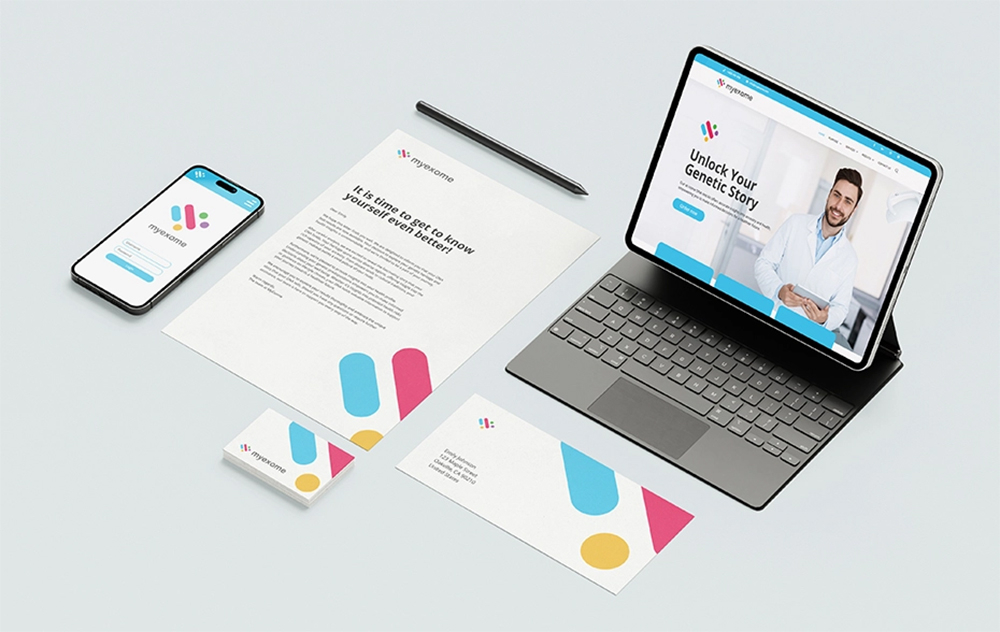Overview of the Logo Design Process
Creating a logo is an exhilarating journey that melds creativity with strategy and technical skill. Let’s delve into the key steps involved in crafting a memorable and effective logo, from understanding the brand to delivering the final design.

Understanding the Brand
Before any sketching or digital designing begins, it’s crucial to immerse yourself in the brand you're designing for. This involves thorough research to gather as much information as possible about the company, its industry, and its target audience. Understanding the brand’s mission, values, and unique selling points provides a foundation for the design. Equally important is identifying the brand’s personality—whether it’s playful or serious, modern or traditional. This characterization will guide the design direction. Additionally, studying competitors’ logos helps in understanding the visual language of the industry and identifying opportunities for the brand to stand out.
Defining the Design Brief
With a solid understanding of the brand, the next step is to define the design brief. This brief serves as a roadmap for the project. It outlines the objectives, detailing what the logo is meant to achieve and whether it's for a new brand or a rebranding effort. The scope of the project, including expected deliverables like logo variations, color schemes, and usage guidelines, should be clearly defined. The brief also captures any specific preferences regarding colors, styles, or elements to include or avoid, ensuring that the designer and client are on the same page.
Conceptualization and Brainstorming
Now comes the fun part—conceptualization and brainstorming. This phase is all about letting creativity flow freely. Start with rough sketches to explore different ideas and concepts. At this stage, perfection is not the goal; instead, focus on generating a variety of ideas. Using mind maps can help in exploring connections between different concepts, and creating mood boards can gather visual inspiration, including colors, fonts, and styles that align with the brand’s identity.
Drafting Initial Concepts
Transforming your best sketches into digital drafts is the next step. During this phase, focus on creating versatile designs that work well in various sizes and formats, from business cards to billboards. Aim for simplicity in your design—something that is distinctive without being overly complicated. Experiment with different color palettes and typography, considering how these elements align with the brand’s identity.
Refining the Design
Once you have a few strong concepts, it’s time to refine them. Sharing these initial drafts with stakeholders and gathering their feedback is crucial. Listen carefully to their thoughts and suggestions, and make necessary adjustments based on this feedback. This may involve tweaking colors, adjusting typography, or fine-tuning the overall design. Testing the logo in different contexts is also important to ensure it looks good across various applications, such as websites, printed materials, and merchandise.

Finalizing the Logo
After refining the design, the next step is to finalize the logo. This involves polishing every element to ensure it is perfectly aligned and balanced. Creating different versions of the logo, including color variations, black-and-white versions, and icons or symbols if needed, is part of this process. Additionally, developing a set of brand guidelines that outline how the logo should be used—including color codes, font specifications, and spacing requirements—ensures consistency in its application.
Delivery and Implementation
The final step is delivering the logo and ensuring its proper implementation. Provide the logo in various file formats, such as PNG, JPEG, SVG, and EPS, to cater to different uses. Sharing the brand guidelines with the client is essential for maintaining consistency and correct usage. Offering support during the implementation phase to address any questions or adjustments needed can also be very helpful.
Conclusion
The logo design process is a journey that blends research, creativity, and strategic thinking. By following these steps, you can create a logo that not only looks great but also effectively communicates the essence of the brand it represents. Remember, a well-designed logo is a powerful tool in building a strong, recognizable, and trustworthy brand.